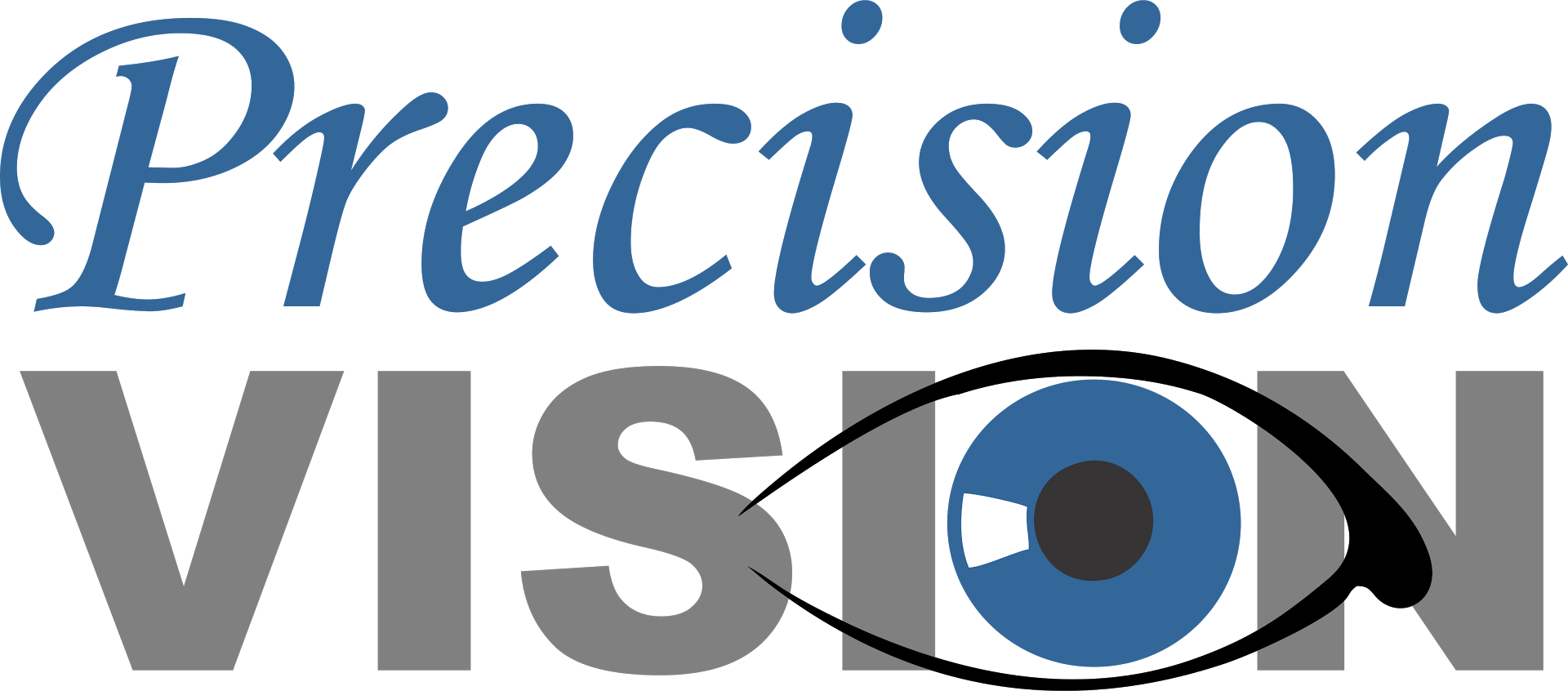Low Vision Testing & Treatment
Low vision is the terminology used to define visual impairment that cannot be entirely corrected. A severe injury can cause low vision to the eye or eye disease. Low vision is not the same as blindness; low vision represents a best-corrected visual acuity (BVCA) of 20/70 or worse. (A BVCA of 20/200 is recognized as legally blind.) Although most low vision cases cannot be fully corrected, several steps can help patients cope. These steps include utilizing visual aids like light-filtering lenses, telescopic glasses, and magnifying glasses. Contact our office today at 228-868-2020 for more information.
The Effects Of Low Vision On Eyesight
Low vision is a type of vision loss, which differs with each individual. Depending on the kind of vision impairment and severity, the patient may see some things. Typically the low vision includes hazy, blurred vision, blind spots, substantial visual area loss, and tunnel vision. In some cases, the vision loss is recognized as legal blindness (20/200 or less visual acuity in the better eye) or nearly total blindness.
Optical Aids And Visual Rehabilitation
Millions of people suffer from low vision and learn to adapt and function successfully with their remaining eyesight using optical aids and visual rehabilitation therapies.
Optical Aids For Low Vision
These optical tools help people with low vision function by maximizing their remaining eyesight. Aids can include magnifiers (hand-held, stand-alone, or mounted), telescopes, and other devices that enlarge objects, making them easier to see. Our professional team at Precision Vision will consult with you, and together we will find what aid or aids will work best for you and your daily activities.
Tips To Make Living With Low Vision Easier
- Use a magnifier as an aid. There is a broad selection of magnifiers to choose from, varying from hand-held to stand magnifiers. Binoculars and spectacle mounted magnifiers are also an option.
- Please consult with our optometrist for recommendations of specialized lens tints for specific eye diseases, including retinitis pigmentosa or cataracts.
- Read large print books, or try digital recordings for reading out loud.
- Write in big letters with a thick black pen on a white piece of paper or board.
- Attach a border to steps for high-contrast (light color on dark stairs, or black line on light stairs); this can help stop falling in somebody with low vision and could even allow them to remain independent in their home.
- Technology is always advancing, so research all available options.
- Adjust the lighting in your home to make it comfortable and easier to get around.
For more information about low vision, contact our office today at 228-868-2020.
We are always happy to help!
- Mon - Fri
- -
- Sat - Sun
- Closed
Close for Lunch 12 noon - 1:00 pm







